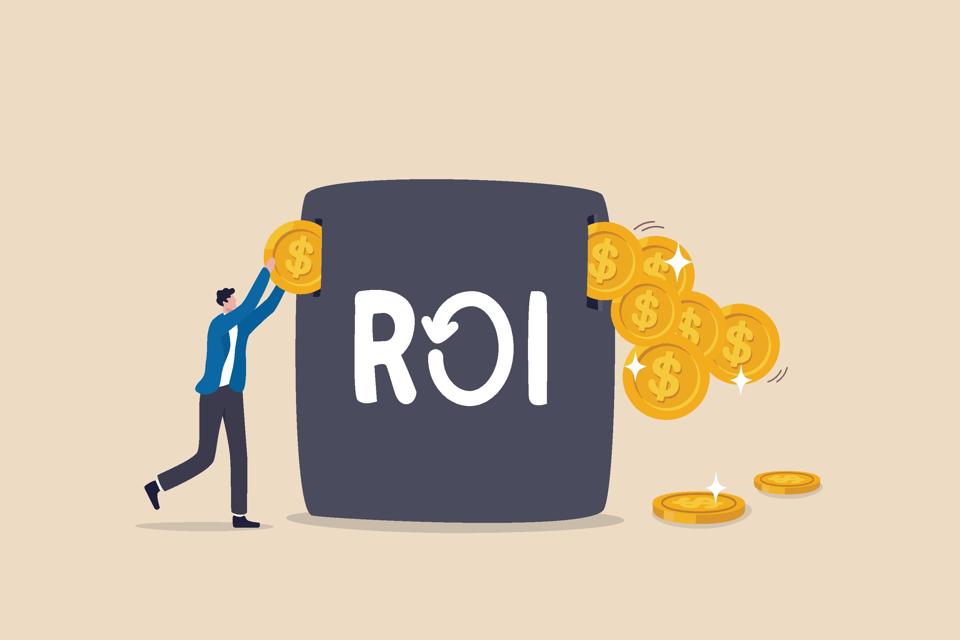
Continuing Our Series…
In our Behind the Metrics series, we’ve explored CAC, LTV, ROAS, and Conversion Rate — each offering a lens into customer economics and campaign performance. Now we turn to ROI, the granddaddy of financial metrics. It’s simple, powerful, and often oversimplified. Let’s unpack it.
What Is ROI?
Return on Investment (ROI) measures the profitability of an investment relative to its cost. It’s used across departments — from finance to marketing to operations — to evaluate whether a project, campaign, or initiative is delivering value.
Formula:
ROI = (Net Profit ÷ Investment Cost) × 100
A positive Return on investment means the investment generated more than it cost. A negative ROI means it lost money.
Why ROI Matters
ROI helps answer:
- Is this initiative worth the cost?
- Which projects deliver the highest return?
- How should we allocate resources?
It’s a universal metric that supports budgeting, forecasting, and performance evaluation — whether you’re launching a product, running a campaign, or investing in infrastructure.
Real-World Example: Marketing Campaigns
A company spends $50,000 on a digital ad campaign and generates $200,000 in revenue. After subtracting $120,000 in product and operational costs, the net profit is $80,000.
ROI = (80,000 ÷ 50,000) × 100 = 160%
This signals a strong return — but only if attribution is accurate and long-term impact is considered.
Common Pitfalls
- Ignoring time: Return on Investment doesn’t account for how long the return takes.
- Misattributing returns: Revenue may come from multiple sources.
- Comparing apples to oranges: Return on Investment across different timeframes or risk levels can mislead.
Your Takeaway
Return on Investment is a compass for strategic decision-making — but it’s not a standalone truth. Use it to evaluate performance, guide investments, and prioritize resources. Just remember: context, time, and attribution matter. Smart leaders use ROI as a starting point, not a finish line.
Remember to check back often for updates to Behind the Metrics.